Accra, Ghana to Cape Town 12 Weeks - Itinerary
Accra to Cape Town – Trans Africa
What’s it like?
As we will be camping and travelling for an extended period of time, you must be prepared for an adventurous challenge. It can be hot and dusty, and will sometimes be out of contact from the rest of the world. This means no telephones, shops or any other mod cons. We need you to participate and work with all members of the expedition. For the Trans we use sturdy purpose-built vehicles for these rugged off-road conditions.
Due to the nature of the trip, Trans Africa tours do not have a specific day-to-day itinerary.
Week 1: Ghana
Ghana, after Liberia, is the first English-speaking country Ghana, is a particular favourite, the people are so warm and hospitable – lots of fantastic seafood too! The tree-top canopy walks of the Kakum Forest Reserve and widely available drumming lessons are now a firmly established. We cross the jungle to the beaches of the Gold Coast and visit the slaving forts.
Week 2-4: Togo, Benin, Nigeria
Togo and Benin are only fifty miles wide. Here the religion is the African tradition of Voodoo. On Nakoue Lagoon you can take canoes to visit the fishing villages built high above the water on bamboo stilts. Nigeria is the most populous country in Africa, with 225 million people. We visit Lagos, the commercial capital and largest city in West Africa and head on to Abuja the political capital. we spend time at Wikki Warm Springs relaxing for a few days. Leaving the warm springs we head to Calabar, passing the outskirts of the Cross-River National Park.
Week 5: Cameroon
Entering Cameroon, we stay on Limbe Beach below Mount Cameroon. For those that are adventurous, you can climb West Africa’s largest mountain, Mount Cameroon. From the coast we visit the capital Yaounde.
Week 6-7: Gabon, Republic of Congo
Gabon consists mostly of tropical rain forests To the Republic of Congo. Driving through bamboo forest tunnels we make our way back to the coast reaching Pointe-Noire. Here you can visit the Jane Goodall Chimp sanctuary, or relax on the beach.
Week 8: Cabinda Province, Angola exclave, Democratic Republic of Congo
Cabinda is separated from the rest of Angola. This narrow strip of territory belonging to the Democratic Republic of the Congo. The Tiny Oil-Rich Corner of Africa, with the Congo to the East and the Atlantic to the west. In the night you can watch the flames burning off from the offshore oil rigs. In the Democratic Republic of Congo we cross the Congo River using the Matadi Bridge.
Week 9-10: Angola
One of the largest and least visited countries in Africa.The people are friendly and the views astounding. Driving along the red mud roads we reach the coast and the capital Luanda, it’s very Portuguese in its buildings and Brazilian in its beach attire with a line of beach bars and restaurants in the bay. We follow the coast passing lots of waterfalls on the way to Lubango town 2000 meters high on a plateau. It is home to the third of the great statues of Jesus; the others being in Rio and Lisbon.
Week 11: Namibia
A vast array of environments and cultures. Once occupied by Germany, Namibia produces a blend of German, African and Afrikaans influences. The Himba peoples of the North are most noted for their red ochre body paint and their traditional lifestyle.
Etosha Pan National Park
Thousands of years ago this vast saltpan was a lake, until the Kunene River changed its course and deprived the lake of its water source. Now the pan and surrounding bush support large numbers and a wide range of wildlife. We spend a couple of day’s game viewing from the truck during the day and spend the evenings around the floodlit water holes at the park’s campsites. These water holes provide an excellent opportunity to observe animals that are hard to find during the day, particularly rhino and also smaller animals such as the genet. Elephant, lion, giraffe, zebra, oryx, ostrich, springbok, jackals, hyenas and meercats are also likely to be seen at Etosha.
From wild animals to tame ones
We spend a night at the Cheetah Farm where you can scratch the big cats behind the ears before watching them tuck in to their evening meal. Heading for the Atlantic Ocean Coast, Swakopmund is an old German colonial seaside resort with plenty of things to do for the energetic and plenty of beer cellars for those after a more relaxing time. The energetic can go horse-riding or sand boarding on the dunes, deep sea fishing in the Atlantic or scenic flights over the coastline. Heading inland, we enter the Namib Desert, famous for the 300m high sand dunes. We enjoy sunrise at the top of the most photographed dune, Dune 45 before taking a tour with local guides into the remote parts of Sossusvlei.
We drive south to Fish River Canyon, at 85km long and 400m deep it’s second in size only to the Grand Canyon. You can trek down to the bottom of the canyon and, from the viewpoints at the top, watch the setting or rising of the sun. There are seasonal hot springs in the south at Ai Ais. Our last stop in Namibia is the Orange River, which forms the border with South Africa.
An overnight stay in the desert
Week 12: South Africa
Crossing the Orange River, we arrive in South Africa and travel south through Namaqualand, South Africa’s prime farming areas. We drive through the mountain valleys of the Cederberg and stony semi-deserts before arriving in Stellenbosch, the centre of one of the Cape’s many wine routes. A wine tour with plenty of tasting makes for a great day out.
For an updated dossier and information on visas, vaccinations, spending money, optional excursions and other useful information please contact us.
Of all the trips we run this is the most likely to have a change of route due to local conditions and visa requirements.
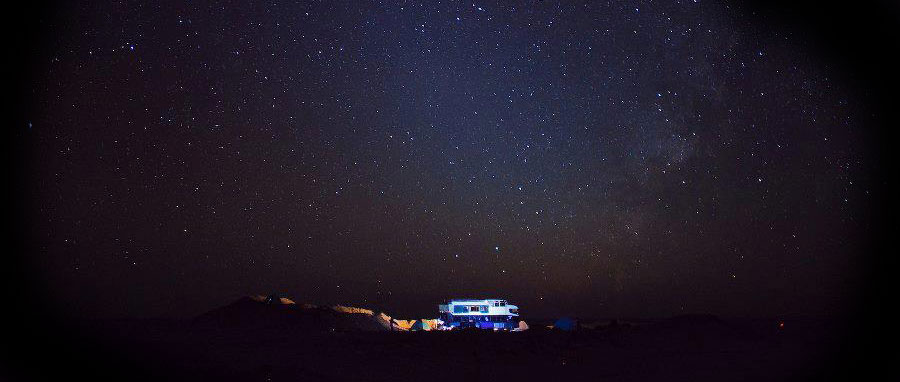
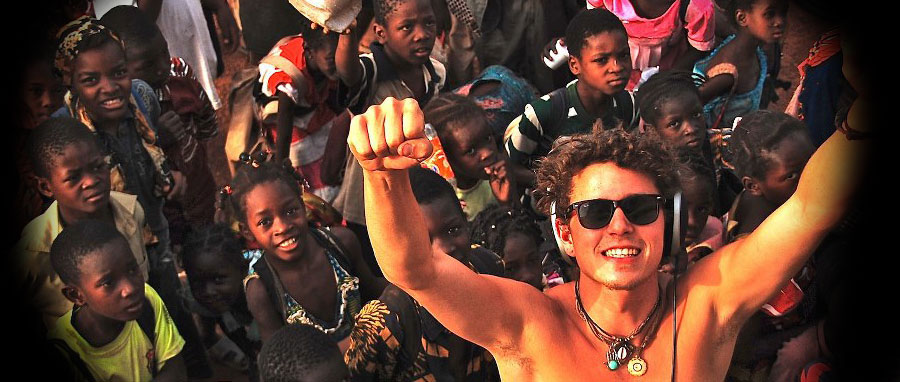
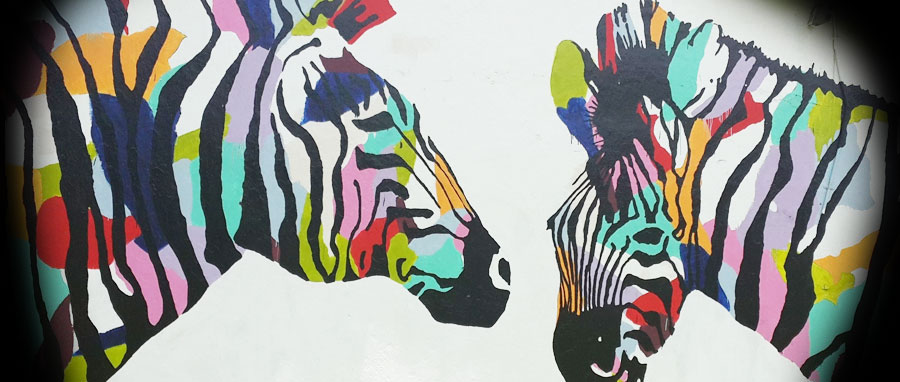
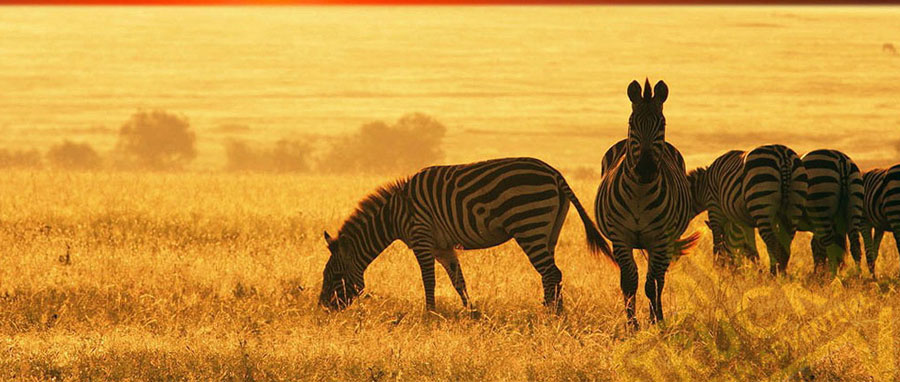
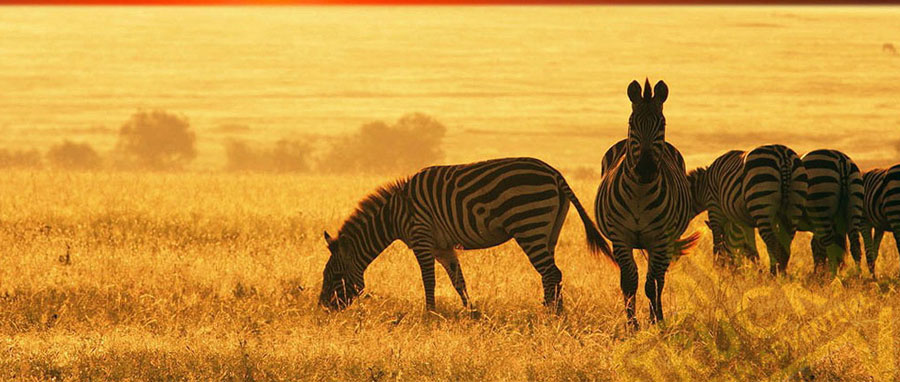
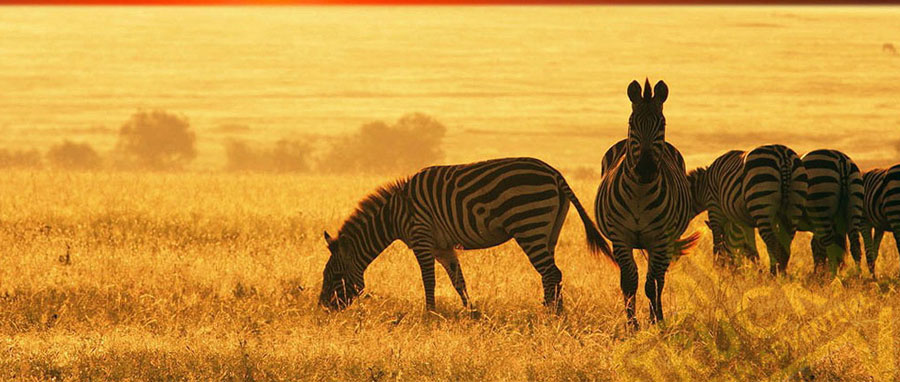
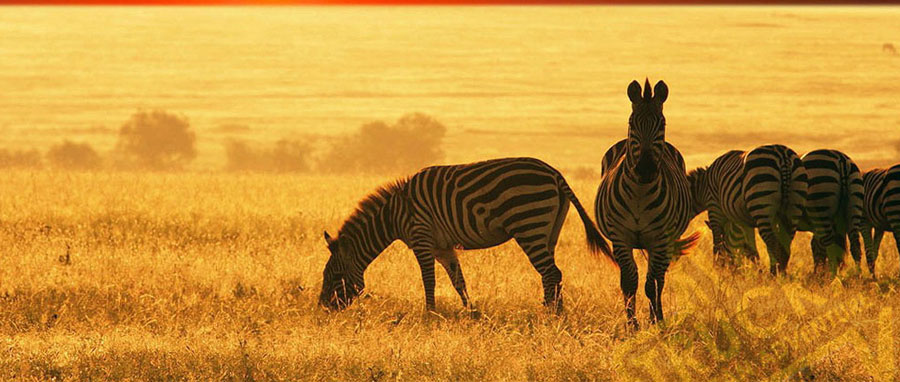
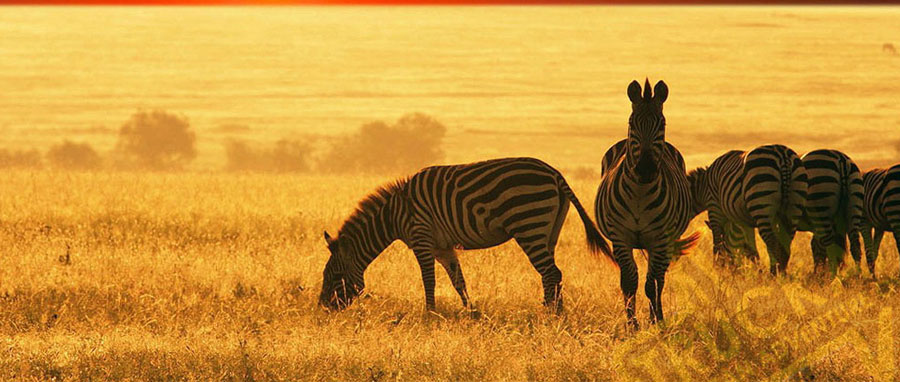
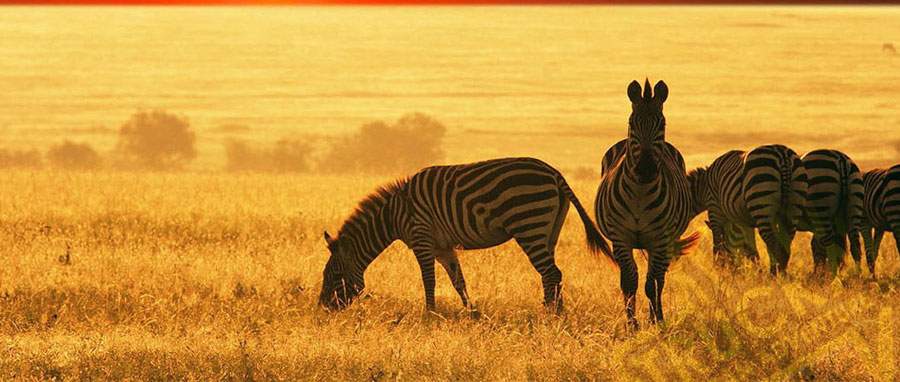



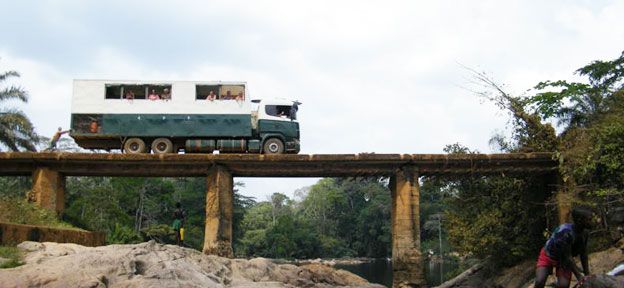
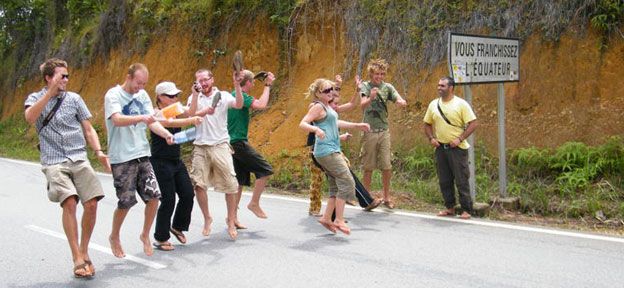
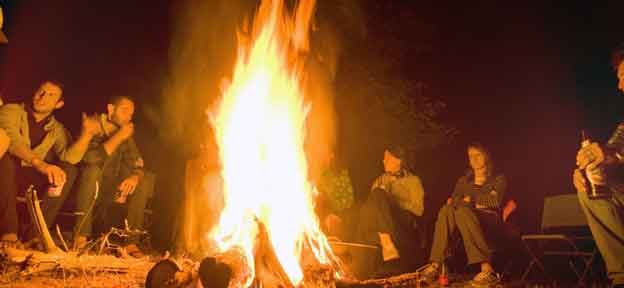
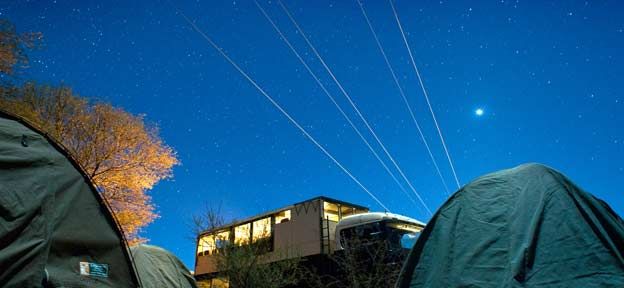
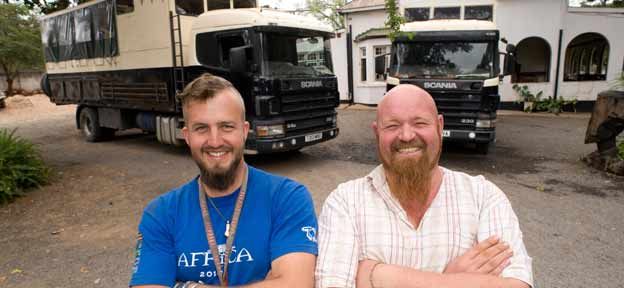
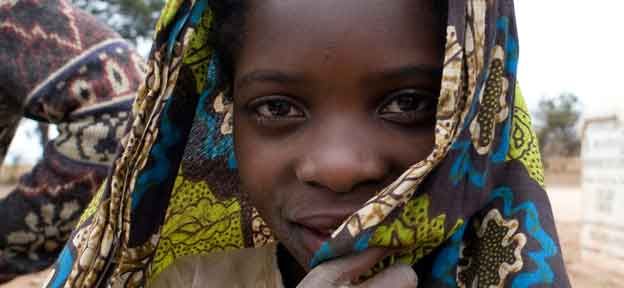
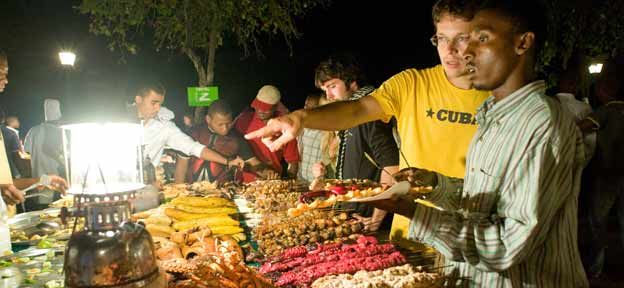
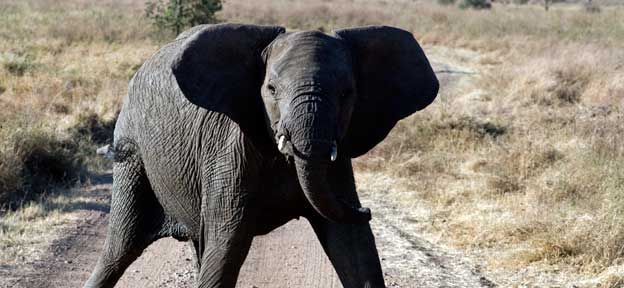
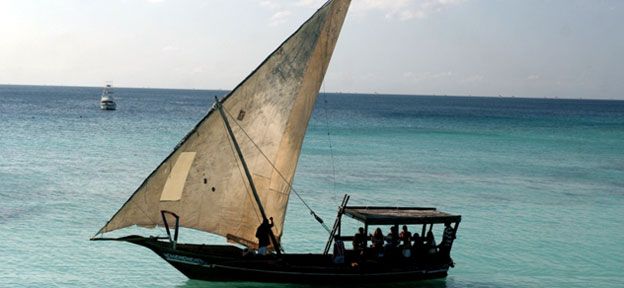
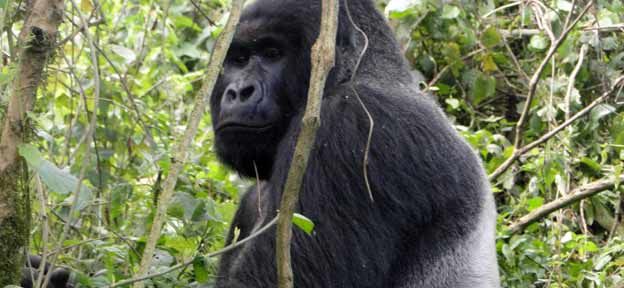
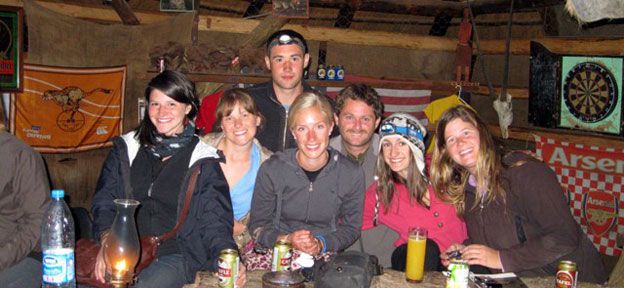
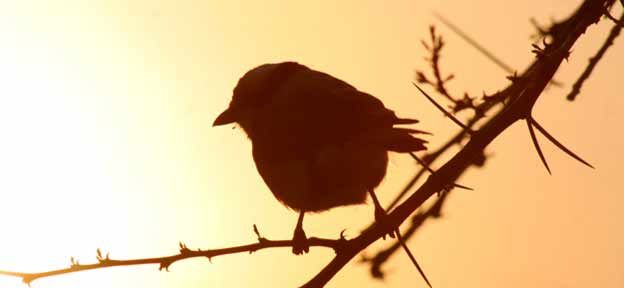
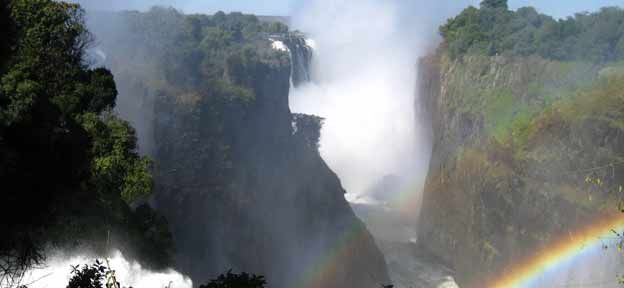
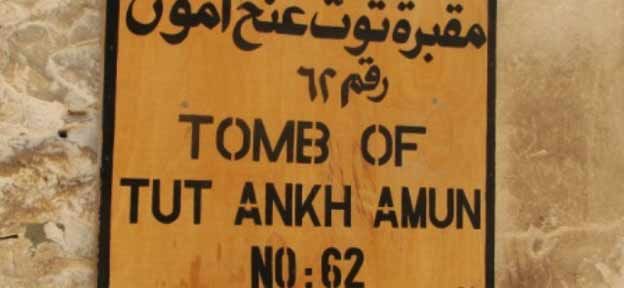
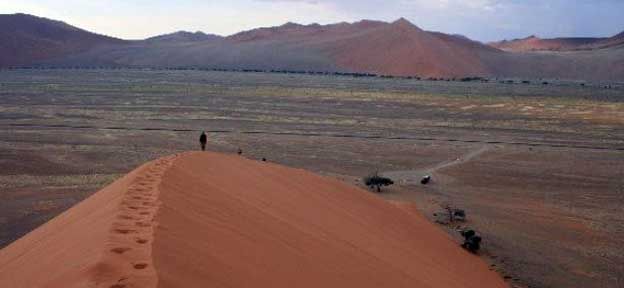
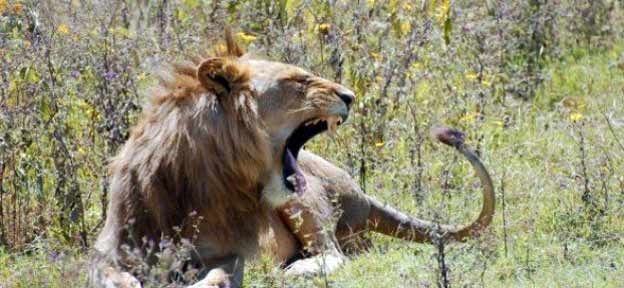
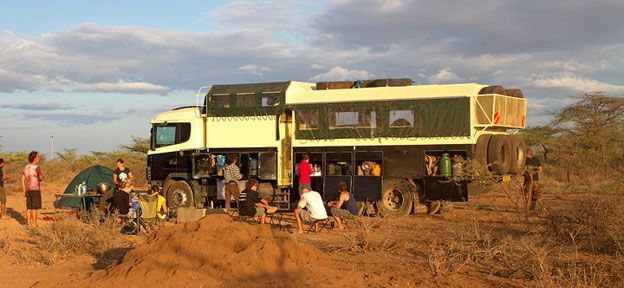
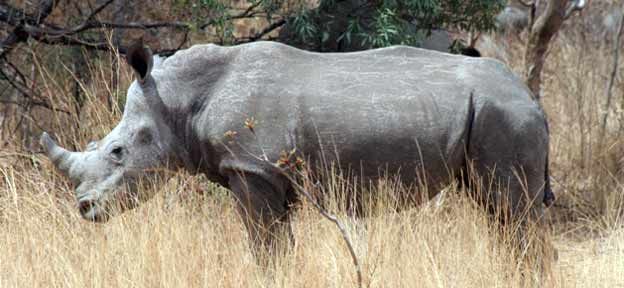
 Print this Page
Print this Page